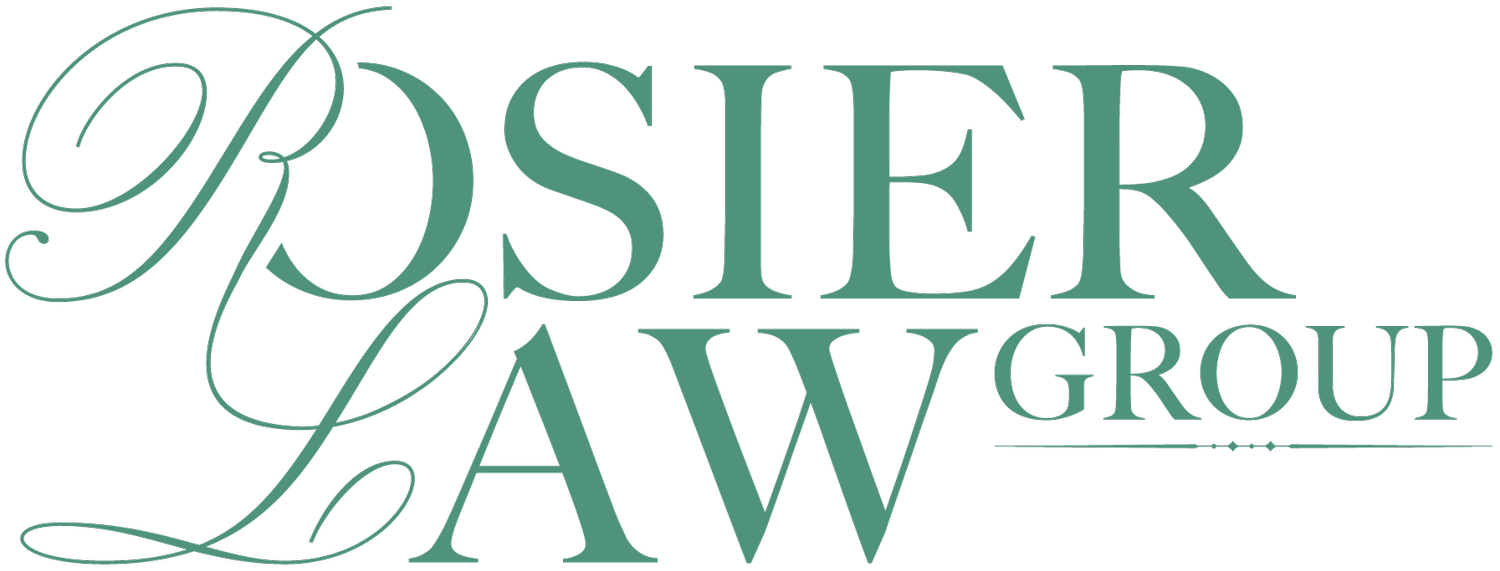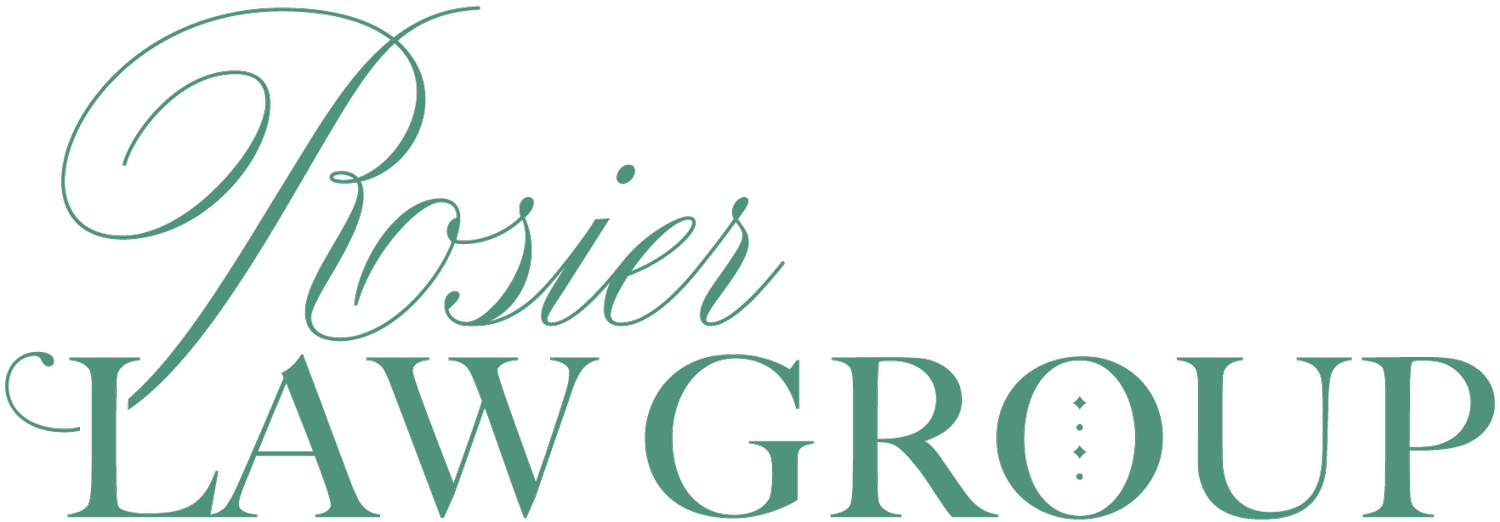Navigating the Waters of Trademark Infringement
In today's competitive business landscape, establishing a unique brand identity is crucial for success. Trademarks play a pivotal role in this process, serving as the cornerstone of brand recognition and consumer trust. However, the increased interconnectedness of the global market has also led to a rise in trademark infringement cases.
So let’s talk about the Intricacies of trademark infringement, exploring its definition, consequences, and ways to protect your brand.
What is Trademark Infringement?
Trademark infringement occurs when a party uses a mark that is substantially similar to another party's registered trademark in a way that is likely to cause confusion among consumers. This includes not only identical marks but also those that are similar enough to create confusion.
What are the Consequences of Trademark Infringement?
Legal Ramifications: Trademark infringement is a violation of intellectual property rights, and legal action can be taken against the infringing party. The consequences may include cease-and-desist orders, damages, and even the possibility of the infringing party being forced to rebrand.
Reputation Damage: Beyond the legal repercussions, trademark infringement can harm the reputation of both parties involved. Consumers may associate the infringing products or services with the original brand, leading to a loss of trust and credibility.
How Can You Protect Your Brand Against Trademark Infringement?
Registration: The first line of defense against trademark infringement is to register your mark with the relevant authorities. In the United States, for example, the United States Patent and Trademark Office (USPTO) oversees trademark registration. Registration provides legal recognition and a stronger foundation for legal action in case of infringement.
Vigilance and Monitoring: Regularly monitor the market for potential infringements. This can be done manually by keeping an eye on competitors and relevant industry developments, or through the use of automated tools that scan various channels for potential violations.
Enforcement: If an infringement is detected, swift and decisive action is key. This may involve sending a cease-and-desist letter to the infringing party, initiating legal proceedings, or engaging in alternative dispute resolution methods.
Licensing and Agreements: If your brand has a unique element that others may wish to use, consider licensing agreements. These agreements outline the terms under which others can use your trademark, ensuring that your brand's integrity is maintained.
Trademark infringement is a serious threat to the success and reputation of businesses. By understanding the definition, consequences, and protective measures associated with trademark infringement, businesses can navigate the complex landscape of intellectual property with confidence. Remember, a well-protected trademark is not only a symbol of your brand but also a shield against potential threats in the competitive marketplace.

